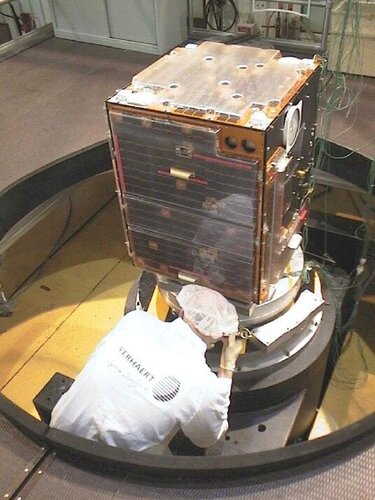SpaceX launches more satellites for NRO’s proliferated constellation
Thursday, 24 October 2024 20:05

Challenges facing Space Force and commercial industry: Gen. Guetlein’s candid take
Thursday, 24 October 2024 19:42

Proba-1’s T-plus 23 years in orbit
Thursday, 24 October 2024 12:28 Image:
Proba-1’s T-plus 23 years in orbit
Image:
Proba-1’s T-plus 23 years in orbit 329th ESA Council: Media information session
Thursday, 24 October 2024 12:20 Video:
00:39:06
Video:
00:39:06
Watch the replay of the media briefing in which ESA Director General Josef Aschbacher updates journalists on the key decisions taken at the ESA Council meeting, held in Paris on 23 and 24 October 2024.
SpaceX liftoff matches record for Space Coast launches in a year
Thursday, 24 October 2024 12:09This request seems a bit unusual, so we need to confirm that you're human. Please press and hold the button until it turns completely green. Thank you for your cooperation!
Press and hold the button
If you believe this is an error, please contact our support team.
185.132.36.159 : 5cd2c226-ce4b-40b7-807d-69a06764
America is at risk of high impact GPS jamming and spoofing from space
Thursday, 24 October 2024 12:00
Aerospace report recommends greater DOD support of commercial space capabilities
Thursday, 24 October 2024 10:16

China’s Deep Blue Aerospace reveals suborbital tourism plans
Thursday, 24 October 2024 09:40

Blue Origin conducts first flight of second human-rated New Shepard
Thursday, 24 October 2024 08:22

SES-Intelsat combination’s far-reaching impact on deal-making
Wednesday, 23 October 2024 22:20











